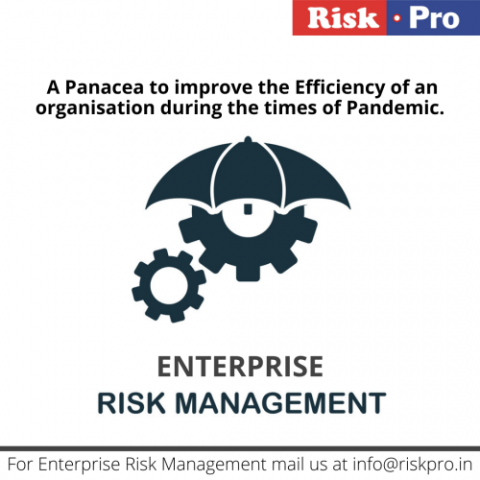
In simple terms, enterprise risk management or ERM mean the corporate wide integration of risk management initiatives so that the net impact of the risk factors are considered in an integrated way rather than in isolation. Let us take one example for this discussion. Liquidity risk is defined as the risk that the company does not have sufficient liquid assets such as cash to meet its payment obligation. The treasury department might monitor its liquidity risk on a daily or weekly basis based on its activity within the Treasury Department. the liquidity shortfall might be calculated as the opening cash balance +proceeds expected for the day - settlements for the purchases for the day. A negative liquidity might trigger liquidity risk management strategies such as partial liquidation of the portfolio, making a call on the bank lines, issue of debt etc. But, now we go to the corporate level. What might be a liquidity crisis in the treasury department is not the case at the corporate level. The Finance/Accounts department is expecting to make a huge collection of Accounts Receivable that was not scheduled last week. the capital expenses to purchase a machinery will no longer be made this month. All these transactions affect liquidity in the Accounts department. When all these information is combined at the corporate level, there is no liquidity risk and no need for trigger of risk mitigation efforts. the shortfall in Treasury is compensated by the cash surplus from Account/Finance/Corporate. This is the essence of Enterprise wide Risk Management. With this foundation in minds of all C level executives, a new risk management direction emerges. one that rewards companies for taking on this challenge of ERM
